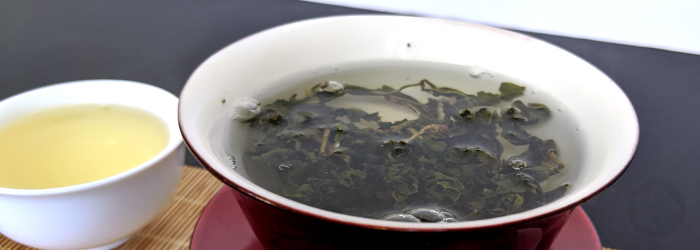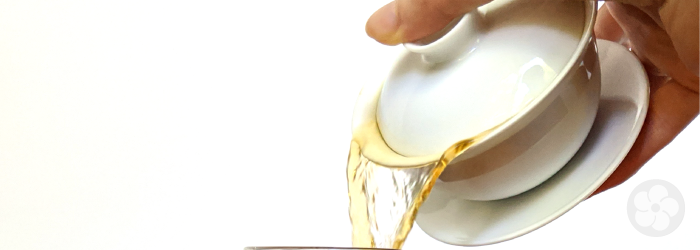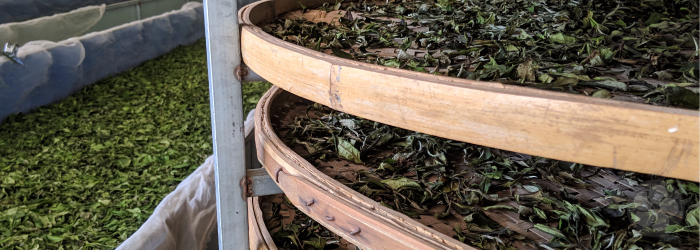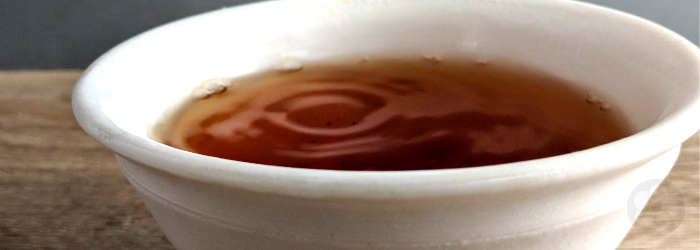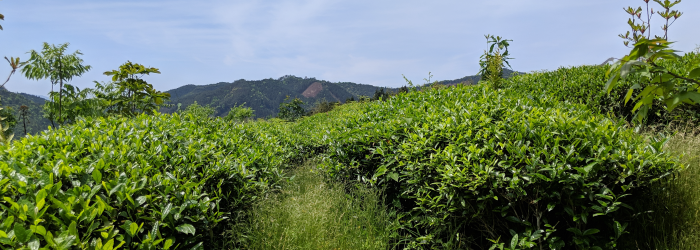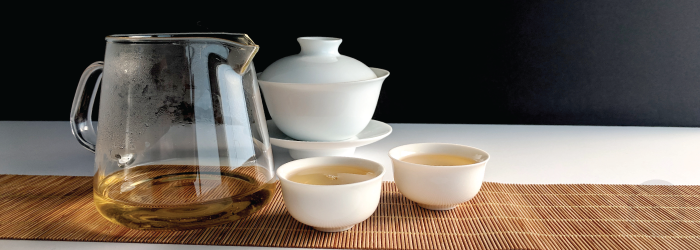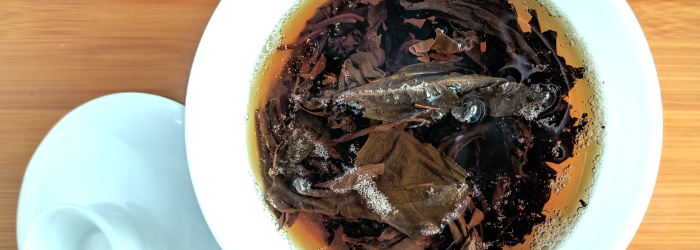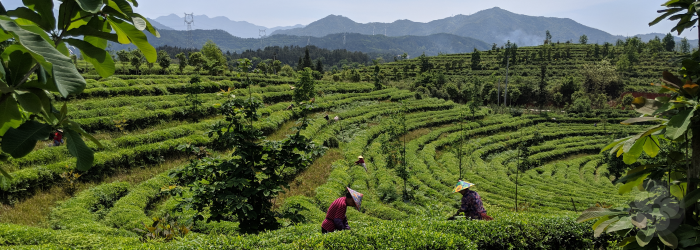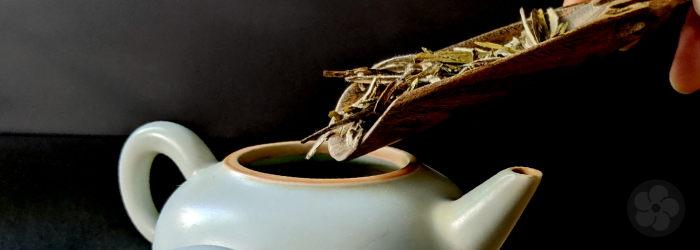Benefits of Tea: Can Tea Lower Stress Levels?
Studies investigating the effects of intense or long-term stress have shown that it can have serious health consequences over time in many parts of the body. Chronic stress has been linked to mood disorders like anxiety and depression, and has been shown to cause reductions in brain mass over time. It also has proven effects on vascular and immune function, causing high blood pressure, increased risk of illness, and other physical ailments.
Despite the stimulating effect of its caffeine content, tea is widely viewed as a calming beverage that can help relieve stress. Though this effect has been studied, not all results have been conclusive.
Continue reading

